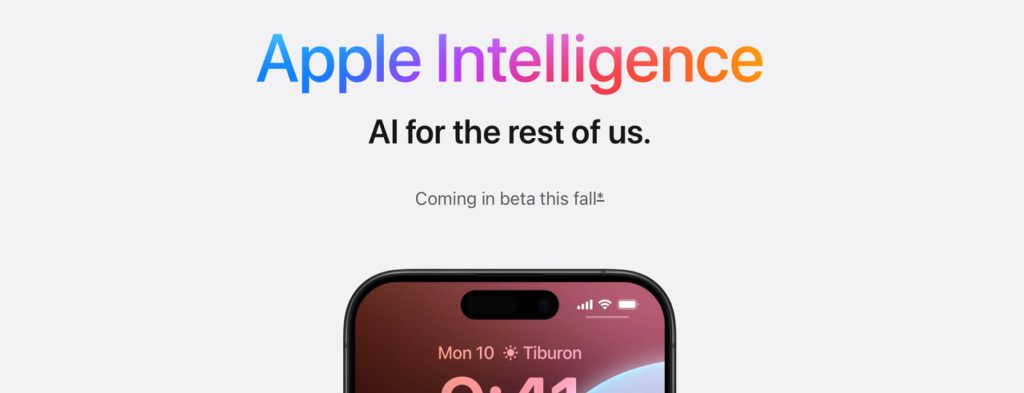Introduction
Mobile health (mHealth for short) has often been labeled as the wave of the future by healthcare industry experts, physicians, and even consumers. Is it any wonder why?
There are numerous use cases for mHealth technology: Educating consumers on preventive healthcare, providing patients with treatment support, aiding in outbreak tracking, performing disease monitoring, helping patients manage chronic diseases, improving treatment adherence, and more.
Mobile Health Experiencing Low Adoption
Why, then, is the healthcare industry lagging behind in its adoption of mHealth?
Of course, when new technologies hold the power to disrupt an industry, there are many who remain cautious. Sometimes, this is out of the fear of change. Other times, there is the question of whether the technologies are sustainable or will adhere to certain policies or protections.
Healthcare, specifically, is a highly regulated industry. So, there is the question of whether adopting mHealth technologies will be HIPPA compliant and effectively safeguard patients’ personally identifiable information (PII).
Beyond the legality of these technologies, there are business concerns, such as the cost-effectiveness of developing and implementing mHealth applications like medical apps. And there’s always the fact that there just isn’t enough widespread knowledge concerning mHealth at this point.
Notably, mHealth isn’t nonexistent by any means. For example, consider telemedicine. As indicated in a survey by The World Health Organization, there is a “high level of mobile telemedicine activity […] in the Americas (75%), European (64%) and South-East Asia (62%) Regions.”
However, most of the mobile telemedicine initiatives reported “were informal or in the pilot phase across regions and income groups.” For context, example initiatives included voice and SMS communication between health professionals, as well as more sophisticated applications like wireless electrocardiogram transmission of a patient during travel to a health clinic via ambulance.
Cases for Increasing Mobile Health Adoption
Case #1: Visiting the doctor from a screen. One of the most popular applications of telehealth is being able to “visit” a doctor with only a device and an internet connection. Notably, video visits have recently gained acceptance by both physicians and insurers.
Through this medium, the physician is able to interact with a patient’s electronic health record (EHR) while communicating with the patient via the built-in camera of the patient’s smartphone or tablet.
This capability is extremely valuable for patients, of course, especially the elderly and those with disabilities that hinder mobility. It’s also quite convenient for the everyday consumer who has a busy work schedule or other commitments that make it difficult to visit the doctor during standard business hours.
But physicians benefit as well. With video visits, physicians can gain access to patients outside of their immediate vicinity, such as in rural areas. Distance is no longer a barrier. In addition, patient satisfaction and retention could also improve.
Case #2: Monitoring sleep patterns of patients remotely. Every bit of medical research over the last few decades points to sleep being an essential part of maintaining good health. One such study was ResMed’s 128,000-patient sleep-focused study released in 2016 that found “digital self-monitoring and clinical management tools improve patients’ adherence to treatment.”
This information concerning remote patient monitoring platforms and their role in increasing treatment adherence is critical. Non-adherence to medication alone represents anywhere from 3% to 10% of U.S. healthcare costs annually ($100 billion to $300 billion). In addition, beyond monetary costs, non-adherence leads to poor outcomes for patients and contributes to antimicrobial resistance.
And the reason why self-monitoring tools make such an impact? Engagement. The more patients are engaged in their own health and treatment, the more likely they are to adhere and comply with it.
While the study focused on sleep patterns—specifically, patients suffering from sleep apnea and using positive airway pressure (PAP) treatment—this psychological phenomenon isn’t exclusive to healthcare. However, it is an important aspect to take advantage of for the benefit of both patients and the entire healthcare system.
Case #3: Replacing audiometer hardware with software in ENT applications. An audiometer is a machine used for evaluating hearing acuity, which typically consists of certain hardware and a peripheral listening device (such as headphones). You’ll find these machines at any ENT (ear, nose, throat) clinic or audiology center.
But now there’s an app for that. Specifically, a company called MelMedtronics developed the iAudiometer™ App. It captures the clinical purpose of the audiometer in software form, namely a HIPPA-compliant iPad application.
A news article on ENT & Audiology News provides additional descriptive commentary: “By utilizing Apple’s hardware, the device would have the added benefits of lower costs and added mobility, while still maintaining all the functionality of a traditional audiometer.”
The iAudiometer can be used in or for the operating room, hospital in-patients, hearing screenings in public schools, pre- and post-employment evaluations, and monitoring ototoxic drugs, among other examples.
A huge benefit for ENT physicians and their clinics is a reduction in the cost of equipment and real estate. For patients, there’s the greater likelihood of actually testing their hearing and greater convenience when doing so.
(Disclaimer: MelMedtronics is a client of Blue Whale Apps, and our company played a significant part in creating the iAudiometer app.)
Mobile Health is the Logical Next Step for Healthcare
It’s clear from the cases we’ve explored that mHealth holds an important place in today’s healthcare ecosystem. And there are plenty more examples out there to discover.
From the hospital to our homes and everywhere in between, mHealth holds significant potential for impacting the availability and effectiveness of healthcare delivery. Adoption of mHealth across the healthcare industry is not only reasonable but logical.
Still, there is much room for growth in mHealth adoption across healthcare. In support of this, we’ll explore three interesting cases of mHealth in action. Each case is unique and showcases benefits for healthcare organizations, healthcare professionals, and patients alike.
BLUE WHALE APPS DRIVES MOBILE HEALTH
As experienced mobile app developers who focus on the healthcare sector, we understand mHealth intimately. We know the importance of protecting sensitive patient data, which is why we develop HIPPA-compliant cloud platforms with end-to-end encryption.
Mobile apps make consumers’ lives easier, but only when those apps are developed with security and usability in equal measure.
Here are some of the recent projects developed by us.
MobileEars: mHealth solution, the iPad App developed by Blue Whale, is a combination of core audio and system level development. The product allows for convenient and accurate assessment without the hearing professional. Calibrated iPad audiometer is both FDA and ANSI/OSHA certified.
MelMedtronics: Another professional grade Audiometer and management portal
Need help developing a mHealth app for your organization? Contact us.






